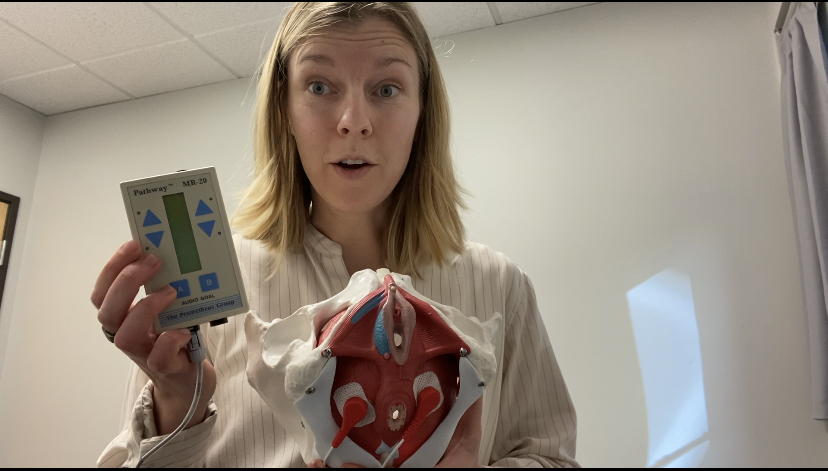
qEEG entails placing small sensors on the scalp to record cerebral oscillations. These cerebral waves are then examined to detect trends that may suggest sleep disorders, including sleep apnea. By examining these trends, medical providers can gain a more precise understanding of how sleep apnea disrupts typical cerebral function during sleep. This information can be crucial for formulating efficient therapeutic strategies tailored to individual patients. Comprehending the relationship between qEEG and sleep apnea can result to enhanced diagnostic techniques and better outcomes for those affected by this condition.
Studies has demonstrated that people with sleep apnea often display distinct changes in their brain wave trends. For example, during instances of apnea, the cerebrum may show heightened activity in specific regions while additional areas become more active. These changes can affect how effectively a person slumbers and how rested they feel upon waking. By using qEEG to track these cerebral wave trends, physicians can identify particular traits of sleep apnea in patients, which can assist in formulating a more precise diagnosis. This is particularly crucial because sleep apnea can sometimes be mistaken for other sleep disorders, resulting to inappropriate therapies.
In addition to enhancing diagnosis, qEEG can also serve a role in assessing the effectiveness of treatments for sleep apnea. For instance, after a client starts using a continuous positive airway pressure (CPAP) device, which helps maintain the airway clear during sleep, qEEG can be used to evaluate alterations in cerebral function. If the cerebrum exhibits enhanced trends of slumber after initiating treatment, it may suggest that the treatment is click this functioning well. This feedback can assist doctors formulate necessary modifications to therapeutic plans, guaranteeing that patients receive the best treatment feasible.
In summary, the relationship between qEEG and sleep apnea patterns is an promising area of research that holds potential for enhancing identification and treatment. By understanding how sleep apnea affects brain function, healthcare professionals can formulate more efficient approaches to assist clients achieve better sleep and enhance their overall health. As research continues to advance, it is probable that qEEG will turn into an integral tool in the fight against sleep apnea, leading to better results for those who experience from this difficult condition.